With summer just around the corner, you’ll want to spend more time enjoying the outdoors. But if you’re constantly worried about your eczema flare-ups, it can be hard to fully embrace the sunshine. Dyshidrotic eczema, a common form of eczema, tends to be more prevalent in the spring.
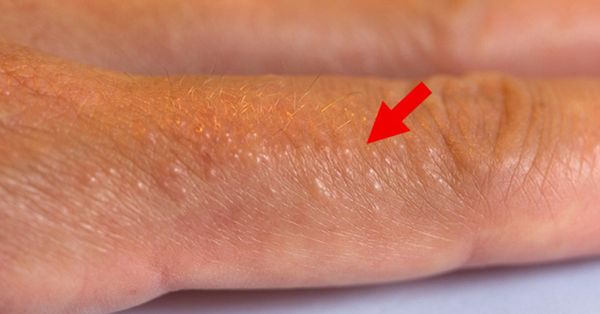
If you’re experiencing small, itchy blisters on your body, you may be dealing with this condition. While eczema isn’t curable yet, it can definitely be managed. The first step to feeling better is to understand what’s happening to your body and take steps to heal it.

Eczema is a group of skin diseases that cause inflammation. It’s also known as dermatitis. Eczema affects many people in the United States, with an estimated 35 million Americans experiencing it. Most cases start in children under 5 years of age.
During an eczema flare-up, the skin becomes red, itchy, and swollen, with fluid-filled bumps that can sometimes ooze and crust. Eczema is often caused by allergies and is not contagious. While it’s not curable, flare-ups can be successfully managed with treatment [1]. Dyshidrotic eczema is one of the most common types of eczema and affects the body in a distinct way.
Read: What Are Those Little White Bumps on Your Skin, and What to Do About Them
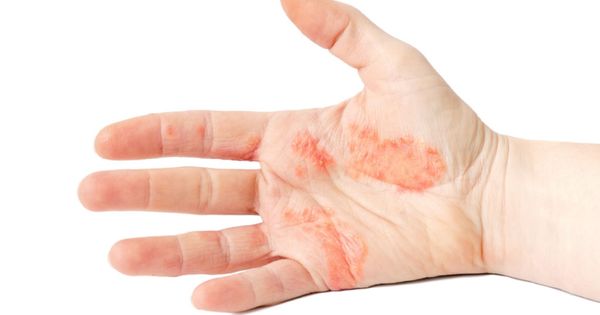
Dyshidrotic eczema is a common type of eczema that causes small, intensely itchy blisters to form on the edges of the fingers, toes, palms, and soles of the feet. It’s associated with seasonal allergies, so these blisters are more likely to erupt in the spring. They can be quite painful and may take weeks to disappear [2].
If you haven’t heard of this type of eczema before, don’t fret. It also goes by other names, including [3]:
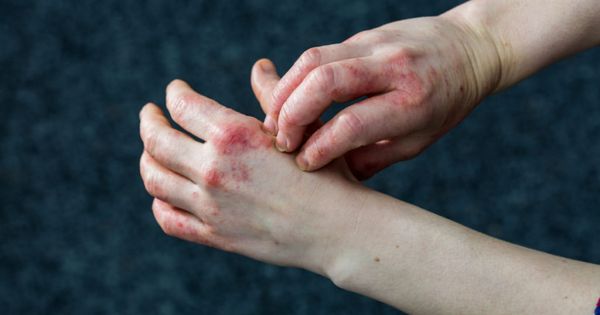
- Pedopompholyx (affects the feet)
- Cheiropompholyx (affects the hands)
- Vesicular palmoplantar eczema
- Dyshidrosis
- Foot-and-hand eczema
- Dyshidrotic dermatitis
- Vesicular eczema
- Pompholyx
Symptoms of Dyshidrotic Eczema
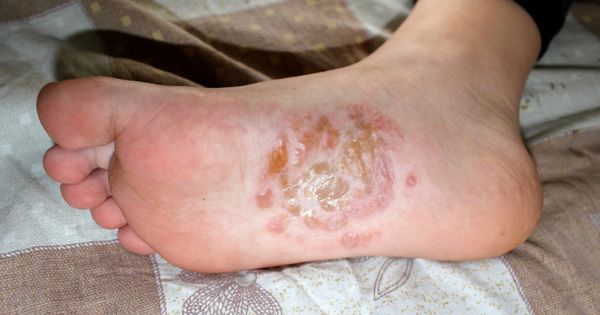
Each type of eczema may present itself slightly differently, and therefore treatment may vary. To effectively treat your dyshidrotic eczema, it’s important to recognize the symptoms.

- Deep-set blisters on hands and feet (specifically on the edges of the fingers, toes, palms, and soles of the feet)
- Itching
- Redness
- Flaking
- Scaly, cracked skin
- Pain
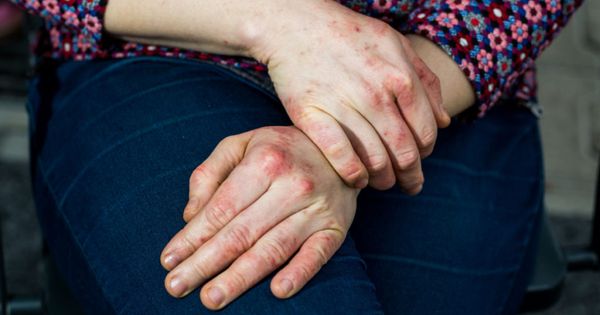
Dyshidrotic eczema is more common in women than in men. While it can occur at any age, it tends to be most common in adults aged 20-40. People with contact dermatitis, atopic eczema, or hay fever have a higher risk of developing dyshidrotic eczema. It can also run in families, so if you have a close relative with dyshidrotic eczema, your chances of getting it increase [3]. Dyshidrotic eczema can also become infected, which further delays the healing process [3]. If you suspect an infection, it’s important to seek advanced treatment from your healthcare provider.
Read: Family is sharing their story of tragic loss to raise awareness about allergies
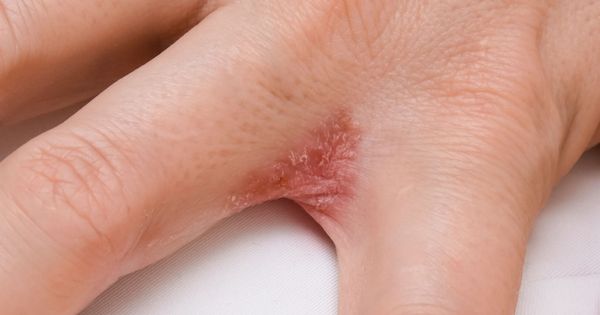
While there’s no cure for dyshidrotic eczema, it can often be managed with treatment. While you can’t entirely prevent flare-ups from occurring, having a good skincare routine can help strengthen your skin against inflammation.
Conventional Treatment
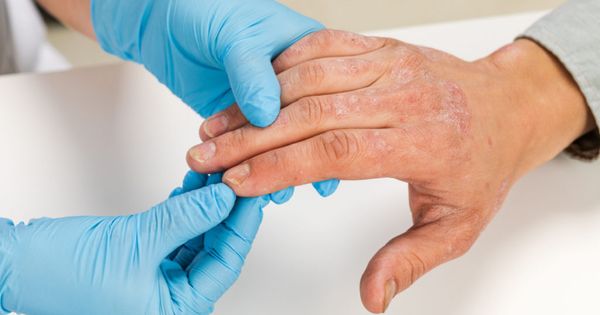
Most cases of dyshidrotic eczema can be addressed with less invasive, natural treatments. However, severe cases may require treatment with a corticosteroid cream or ointment, prescribed injections, or oral medications.
Other treatments include [4]:
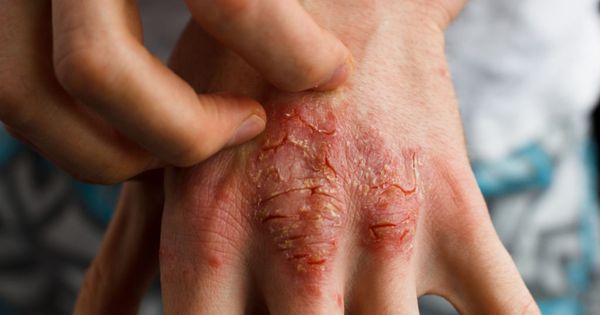
- UV light treatments
- Draining large blisters
- Antihistamines
- Various anti-itch creams
- Immune-suppressing ointments, such as Protopic and Elidel
Read: Woman Left With Orange Skin After Giving Herself A Turmeric Facial
Natural Treatments for Eczema

For those who prefer natural solutions, healthcare professionals often recommend a more holistic approach. Keeping your skin clean and moisturized is generally the best way to manage eczema. The type and frequency of treatment will vary depending on your symptoms, but taking an at-home, natural approach allows you to make choices you can feel confident about.
1. Cold Compresses
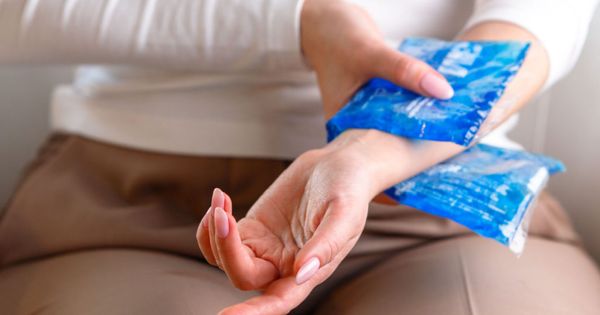
Applying cold compresses to the affected area, or soaking your skin in cool water, helps reduce inflammation. Repeat this process two to four times a day for 15 minutes at a time. Afterward, apply a moisturizer to maximize the effect. (The short video above will demonstrate how to apply cold compresses at home to relieve your eczema pain!)
2. Aloe Vera
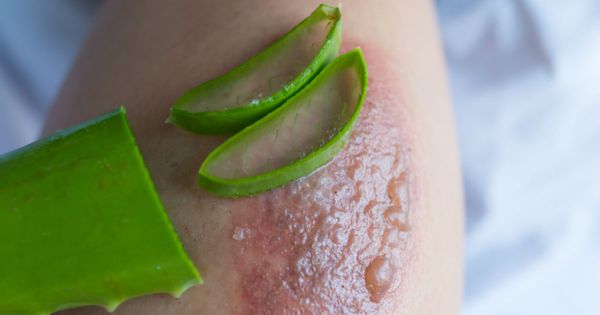
Aloe vera is known for its soothing properties and its ability to speed up the healing process. To harness its power, break off a piece of the plant and apply the thick gel to your inflamed skin. Alternatively, you can purchase a bottle of natural aloe vera lotion at your local pharmacy.
3. Oatmeal
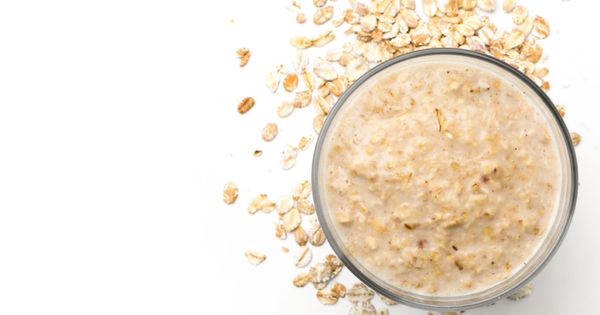
Oatmeal is often used to relieve skin conditions due to its proven anti-inflammatory properties [5]. Applying oatmeal directly to your irritated skin can help reduce your eczema symptoms and leave your skin feeling healthy and happy again.

When dealing with eczema, it’s important to know which type you have so that you can better address it. You deserve to enjoy the sunshine this summer and be free from the pain and embarrassment caused by eczema flare-ups. By understanding what’s happening inside your body, you can effectively manage your eczema symptoms and get back to enjoying life.





